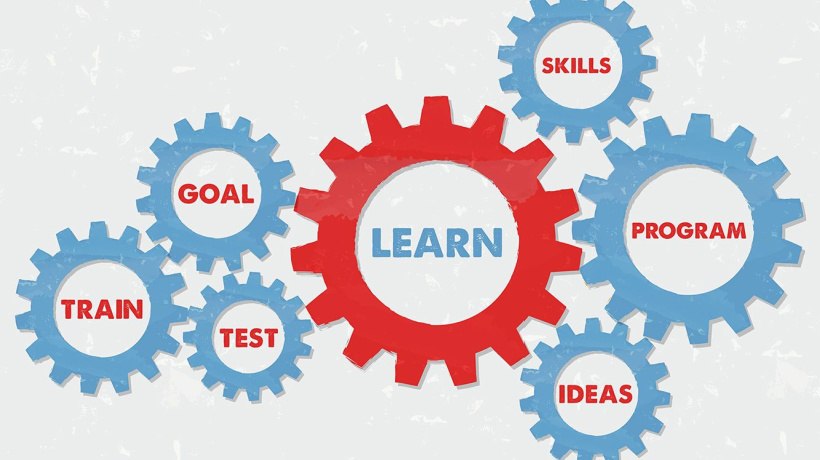Instructional Design In Athletics
Instructional Designers typically work in education and corporate settings to design and develop effective learning experiences. However, in recent years, professional sports teams have recognized the value Instructional Designers can bring to their organizations.
Why Professional Sports Teams Would Need Instructional Designers
Professional sports teams have much on their plates. One of the most important aspects of running a successful team is ensuring that the athletes can perform at their best. This means providing them with the best possible training and coaching, and designing and delivering effective learning experiences that help them improve their performance on the field.
Instructional Designers are experts at creating effective learning experiences. They understand how people learn and how to design engaging, interactive, and effective instruction. This makes them well-suited to helping professional sports teams develop training programs and resources tailored to their athletes’ specific needs.
In addition, professional sports teams are increasingly looking for ways to leverage technology to improve performance. From wearable devices that track biometric data to Virtual Reality training simulations, various technologies can help athletes improve their skills and performance. However, implementing these technologies effectively requires expertise in Instructional Design, and an understanding of how athletes learn and how they can best be motivated to engage with these technologies.
What Instructional Designers Can Offer Athletes
So, what exactly can Instructional Designers offer athletes? A lot. Here are just a few examples:
1. Customized Learning Experiences
One of the key strengths of Instructional Designers is their ability to design instruction tailored to learners’ specific needs. This means creating training programs and resources customized to each athlete’s strengths, weaknesses, and learning style in sports. By doing so, Instructional Designers can help athletes improve more quickly and effectively than they would with a one-size-fits-all approach.
2. Engaging And Interactive Content
Another key strength of Instructional Designers is their ability to create engaging and interactive learning experiences. This is especially important in sports, where athletes may become bored or disengaged if asked to repeat the same drills. By incorporating interactive elements like games, simulations, and quizzes into their training materials, Instructional Designers can help athletes stay engaged and motivated.
3. Accessible And User-Friendly Resources
Instructional Designers are experts at creating easy-to-use and navigate resources. In the context of sports, this means designing training materials that are accessible to athletes regardless of their skill level or previous experience. By doing so, Instructional Designers can help ensure that all athletes have access to the same high-quality training resources, regardless of their background.
4. Innovative Use Of Technology
As mentioned earlier, Instructional Design can also help professional sports teams leverage technology to improve performance. This might include using wearable devices to track biometric data and provide real-time feedback or Virtual Reality simulations to help athletes practice in a safe and controlled environment. By exploring innovative technology uses, Instructional Designers can help athletes improve their performance in new and exciting ways.
Is There A Real Future For Instructional Designers In Sports?
Given the many benefits that Instructional Designers can bring to professional sports teams, it’s unsurprising that some teams have already started hiring Instructional Designers. However, is there a real future for Instructional Designers in sports, or is this just a passing trend? There are a few reasons to believe that Instructional Designers will continue to play an important role in sports in the future.
First, the use of technology in sports will only continue to grow in the coming years. As teams look for new ways to gain a competitive edge, they will likely turn to Instructional Designers to help them incorporate these technologies effectively into their training programs.
Second, sports psychology is also growing in importance as athletes and teams recognize the critical role that mental preparation plays in athletic performance. Instructional Designers can play a key role in this area by designing and delivering training programs that help athletes develop the cognitive skills they need to succeed, such as visualization, goal setting, and self-talk.
Finally, as professional sports become more globalized, teams increasingly seek ways to connect with fans worldwide. Instructional Designers can help teams create engaging and interactive content that allows fans to learn more about the sport and the team, which helps build a sense of community among fans.
Of course, there are also some potential challenges to the future of Instructional Designers in sports. For example, some coaches and athletes may refuse to work with Instructional Designers, seeing them as unnecessary or intrusive. Coaches with a mindset of “we have always done things this way” may be especially difficult to collaborate with. In addition, there may be concerns about the cost and feasibility of incorporating Instructional Design into sports programs.
Despite these challenges, however, the potential benefits of working with Instructional Designers are clear. By leveraging their expertise in Instructional Design, sports teams can help athletes improve their performance, engage fans more effectively, and gain a competitive edge in a crowded and ever-changing landscape.
Conclusion
In conclusion, Instructional Designers have much to offer to coaches and athletes in professional sports. From customized learning experiences to innovative technology uses, Instructional Designers can help athletes improve their performance in exciting and effective ways. While there may be challenges to the future of Instructional Designers in sports, the potential benefits are clear. We will likely see Instructional Designers playing an increasingly important role in sports in the future.

